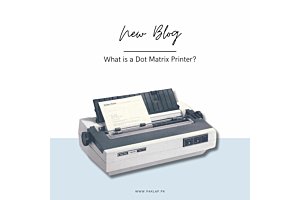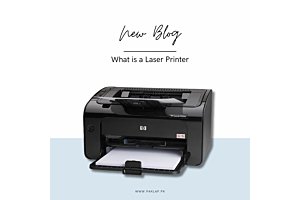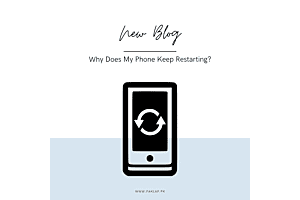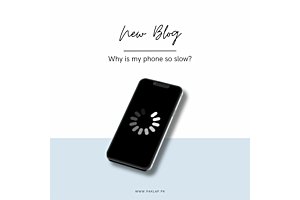HP Spectre Foldable PC - Review
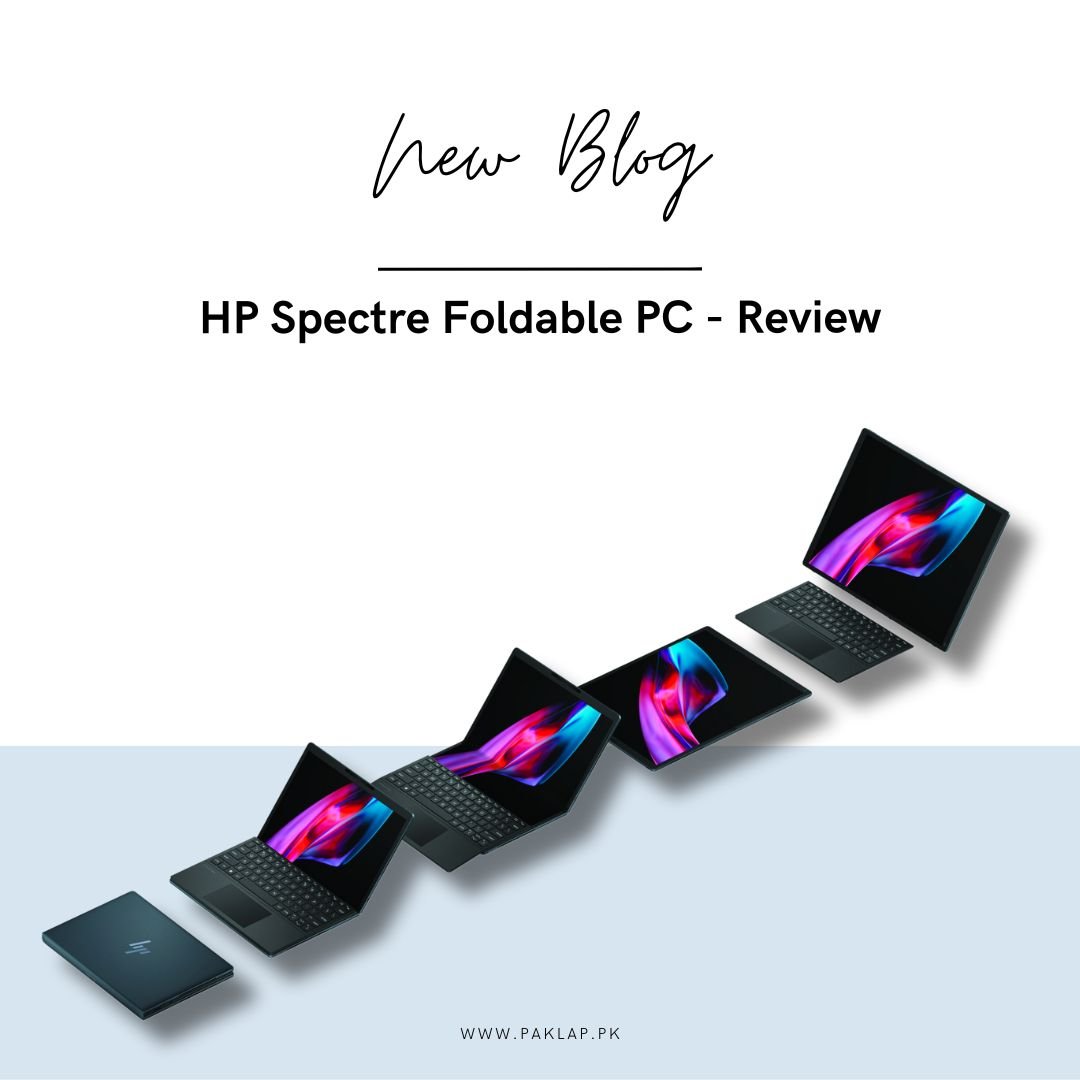
Each manufacturer typically produces certain products primarily to uphold its reputation for innovation rather than with the primary goal of achieving high sales figures. Hewlett Packard (HP) appears to engage in this practice less frequently than its industry counterparts, focusing more on refining existing concepts rather than aggressively claiming the title of "first" in new product categories. The HP Spectre Foldable PC stands out as an impressive specimen within the realm of folding or dual-screen laptops, yet such distinctions carry limited weight in a relatively nascent product category.
Upon encountering devices of this nature, I often find myself contemplating their potential utility. In the case of the HP Spectre Foldable PC, I envision it serving superbly as a portable monitor. This sizable 17-inch display neatly fits into a bag designed for a 12-inch laptop. This perspective considers the device not merely as a flexible and unique computer but rather as a versatile accessory with the potential to enhance the user experience.
HP markets this product as a three-in-one, highlighting its ability to function as a 17-inch tablet, a laptop, or a desktop PC. A similar approach was adopted by Asus with the launch of its direct competitor, the Asus ZenBook Fold 17 OLED. Let’s see if the HP Spectre Laptop Price in Pakistan is worth it or not.
The Mighty Fold
The HP Spectre Foldable marks the latest addition to the PC lineup, and it's a direct nod to Intel's Project Horseshoe, which first introduced the folding laptop/tablet concept in 2020. At the heart of this concept lies a hinge capable of bending a flexible OLED panel into a U-shape. Despite the "foldable" moniker, these OLEDs don't precisely fold; they gracefully bend. The key is maintaining a specific curvature in that "horseshoe" bend to ensure functionality. Tightening the bend beyond a certain radius, let alone creating a creased fold, risks breaking the panel and causing permanent damage to the display.
So, when you look at the HP Spectre Fold, much like its predecessor, the Asus Zenbook 17 Fold OLED, you're dealing with a screen that gracefully bends, resulting in a noticeable gap when closed. The big question is whether this distinctive folding design fills any metaphorical gaps in your computing needs and whether the allure of this funky design justifies the additional investment.
In essence, it's not just about the technology; it's about whether this innovative approach to folding screens aligns with your practical computing requirements and whether the added cost is justified by the unique experience it brings to the table.
The Screen, Keyboard & Stylus
The HP Spectre Foldable is not your typical device—it's a 17-inch powerhouse with a dazzling resolution of 1,920 x 2,560 pixels. What sets it apart is its ability to gracefully fold in half when you hold it in portrait orientation, revealing two screens—one on the top and another on the bottom. It's like having a keyboardless laptop, reminiscent of the Lenovo Yoga Book 9i, but with a seamlessly unified screen.
And that's not all—HP sweetens the deal by throwing in a physical keyboard and a stylus, essential for a variety of tasks. The keyboard can work its magic in different ways: it magnetically attaches to the lower half in clamshell mode, slides down halfway for a 14-inch "1.5 expanded screen" mode, or detaches completely, transforming your experience into a desktop-like setup with the device propped up in landscape mode.
The Spectre Foldable truly shines in its flexibility, offering you a myriad of ways to engage with it. Yet, like any innovative gadget, it comes with its fair share of complexities beyond its versatility—factors worth pondering.
Performance
Out of the gate, let's talk specs. HP geared up this device with a 12th-gen 1.1-GHz Intel Core i7-1250U CPU, 16 GB RAM, and a 1-TB SSD. Now, you might be surprised they didn't go for the latest 13th-gen CPU, but HP explains they chose a 9-watt CPU to keep it slim and maximize battery life. There wasn't a 9-watt option in the 13th-gen Core lineup.
Kudos to HP for nailing the slimness and battery life goals. The Spectre is a mere 11 millimeters thick in tablet mode (23 when folded), and it weighs just 2.9 pounds without the keyboard. Even with the keyboard attached, it's a lightweight 3.5 pounds—quite rare for a 17-inch laptop and lighter than most 15-inch ones. Plus, the battery life is stellar, hitting more than 10 hours during my YouTube video test on the fully extended 17-inch screen.
Now, in the looks department, the Spectre holds its own with a sleek magnesium alloy chassis that feels solid no matter how you configure it. When shut, it has the classic corporate laptop appearance, except for the kickstand that tucks neatly into the base.
But let's be real about performance—it's not the show's star. The sluggish CPU and lack of graphics processing make the HP Foldable score some of the lowest benchmarks I've seen in years. If you're doing light productivity work, it's passable, hitting PCMark scores akin to mainstream laptops from 2019 or 2020. Is anything remotely graphical? Nope. On the bright side, the system stays stable even under heavy stress testing.
Overall
HP Spectre Foldable PC and the Asus ZenBook seem like long-lost twins. Picture them side by side, and you'd be forgiven for thinking they share more than just a family resemblance. It's not just a case of a similar display or common internal components – we're talking Intel CPUs, matching memory and storage specs, and maybe even a shared 5MP webcam. Their exterior designs play copycat too, with a clever setup that snugly fits a Bluetooth keyboard between the folded halves when the laptops take a breather.
In the grand scheme of things, choosing between these two isn't just about numbers and features. It's about finding a companion that vibes with your style and fits into your life seamlessly. The HP Spectre Foldable PC and Asus ZenBook aren't just gadgets; they're characters in the unfolding story of your tech journey, each with its quirks and charms, waiting for you to pick the one that feels like the perfect match.
HP opted to divide the six-cell, 94-watt-hour battery into two segments positioned at opposite ends of the display, a strategic move aimed at enhancing balance, especially during handheld use, such as in tablet mode. Notably, the upper part, which corresponds to the left side in laptop mode (or when functioning as a desktop or tablet), experiences a mild warming sensation during the charging process.
However, there are trade-offs to this design. Due to its relatively slim profile and the arrangement of internal components, the device lacks space for a cellular antenna, limiting its connectivity to Wi-Fi. Folding it in half introduces a deliberate 0.2-inch (3mm) gap, serving as the designated space for securing the keyboard for enhanced portability. While this intentional gap facilitates the device's thin hinges and minimizes screen-related issues, it leaves the exposed screen susceptible to potential damage without the protective keyboard.
Internally, the device houses a considerable amount of electronics, resulting in a screen thickness of about 8.2mm. To put this in perspective, it's thicker than the iPhone 15 Pro but falls short of the sleekness of an iPad Pro 12.9. Even excluding the keyboard, the device carries a weight of 3 pounds, slightly heavier than the LG Gram 17, which weighs just under 3 pounds. When the keyboard is factored in, the total weight increases to 3.6 pounds. The bezels surrounding the screen may appear relatively thick for a 2023 display, but this design choice accommodates the inclusion of quad speakers and the full suite of laptop internals. This strategic placement prevents the device from being overly delicate or challenging to handle.
In essence, the HP Spectre Foldable PC strikes a balance between form and function. While it may not be the lightest or thinnest in its category, deliberate design decisions aim to provide a sturdy and practical device that aligns with the needs and preferences of users seeking a reliable, versatile computing companion.
Positives of This
- Revolutionary folding OLED design offering a versatile 3-in-1 functionality
- Comes with a top-notch keyboard and includes a pen
- Vibrant and bright OLED display complemented by full-bodied audio
- Remarkably prolonged battery life across all screen modes
Negatives of This
- Considerably high price point
- Folding displays exhibit visual quirks and may deteriorate over time
- The hinge feels somewhat fragile, lacking a sense of stability
- Awkward positioning of the webcam and ports
- Limited to a short 1-year warranty period
